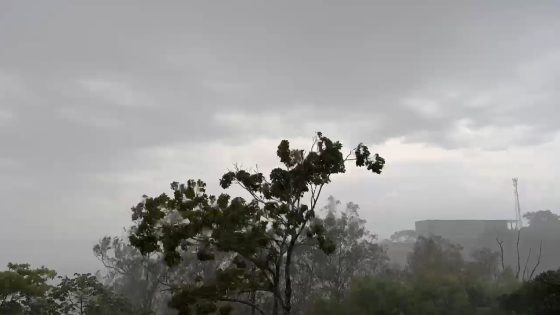Severe storms have left a trail of destruction in São Paulo’s interior, transforming streets into rivers and inundating homes. On February 8, 2025, heavy rainfall, reaching nearly 100 mm in just one hour, caused widespread flooding, isolating entire cities and impacting thousands of residents. How can communities prepare for such extreme weather events?
- Destruction caused by heavy rainfall in São Paulo
- Nearly 100 mm of rain in one hour
- Town isolated due to flooding in Vale do Ribeira
- Cars submerged in floodwaters in interior SP
- Affected cities include Araraquara and Campinas
Severe Flooding in São Paulo: What You Need to Know
The recent flooding in São Paulo raises important questions about climate resilience. How can cities adapt to these unpredictable weather patterns? The heavy rain has not only submerged vehicles but also left many communities cut off from essential services.
Impacts of the Flooding on Local Communities
The torrential rains have led to significant disruptions in daily life for residents in affected areas. Key impacts include:
- Roads transformed into rivers, making travel impossible.
- Homes and businesses inundated, leading to property damage.
- Emergency services stretched thin as they respond to numerous calls.
- Isolation of communities, making access to food and medical services challenging.
Understanding the Causes of Extreme Weather Events
Climate change is a significant factor contributing to the increasing severity of storms. As global temperatures rise, the atmosphere can hold more moisture, leading to intense rainfall. This phenomenon is not limited to Brazil; cities in the U.S. are also experiencing similar challenges. Are we prepared for the future?
Lessons for U.S. Cities from São Paulo’s Flooding
The flooding in São Paulo serves as a wake-up call for U.S. cities. Urban areas must invest in resilient infrastructure to withstand extreme weather. This includes improving drainage systems, enhancing emergency response plans, and fostering community awareness. How can we ensure our cities are ready for the next storm?
As we witness the impacts of severe weather globally, it’s crucial to learn from these events. By prioritizing preparedness and resilience, we can better protect our communities from future disasters.
































